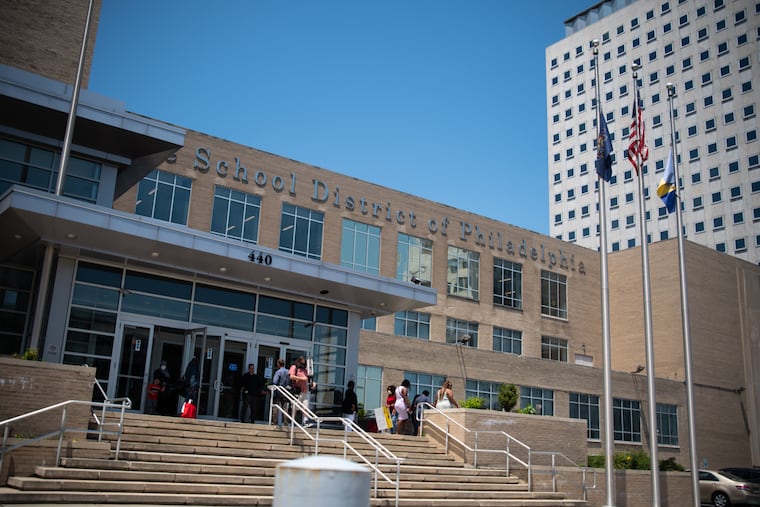Philly’s superintendent wants to offer extra pay for some teachers, and other takeaways from a City Council hearing
In the Philadelphia School District's annual budget hearing, officials also updated Council on asbestos closures and a coming enrollment decline. Recent discord was notably absent from the meeting.
